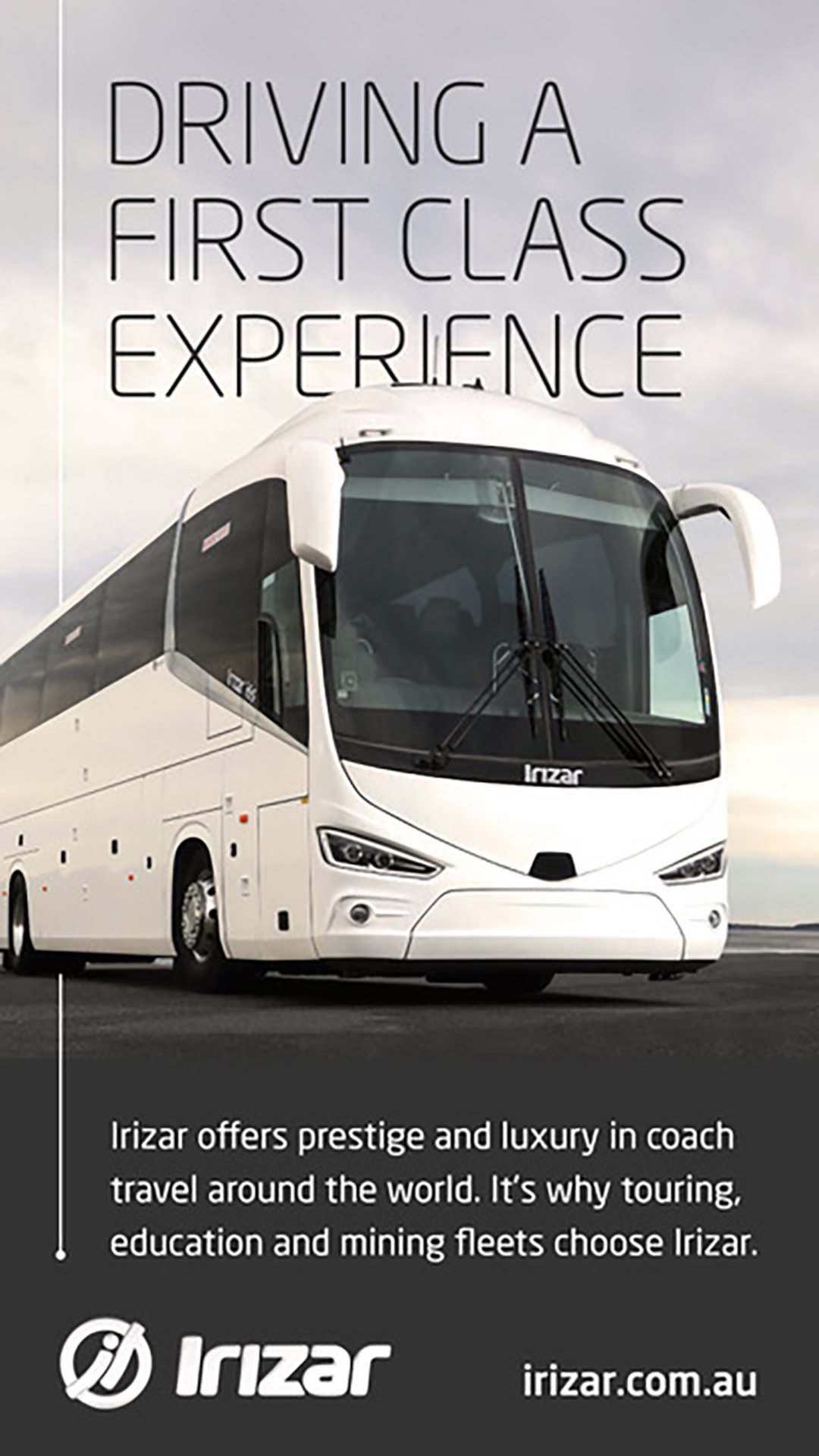Daniel Smith started as CEO of Greyhound Australia in January 2022 during the depths of the COVID-19 pandemic and the toughest time imaginable for the transportation sector.
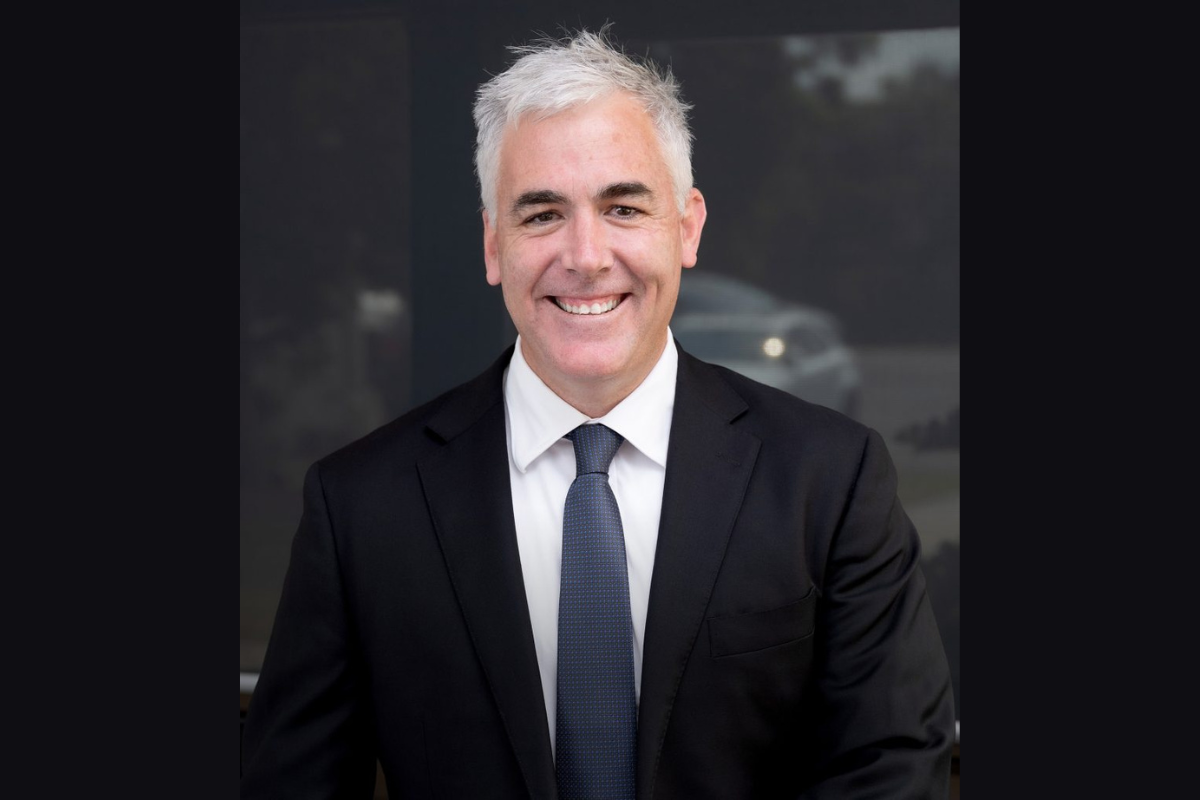
“December and January are normally peak times to travel for us as a business and our last Christmas period that we had in 2021 was basically ruined by Omicron,” he tells The CEO Magazine.
The pandemic kept many of Greyhound Australia’s coaches off the roads, with just 30 weekly services being operated at times, carrying critical freight and a remote mail run between Adelaide, Darwin and Broome.
Fortunately for Smith and the company, they made it out the other side.
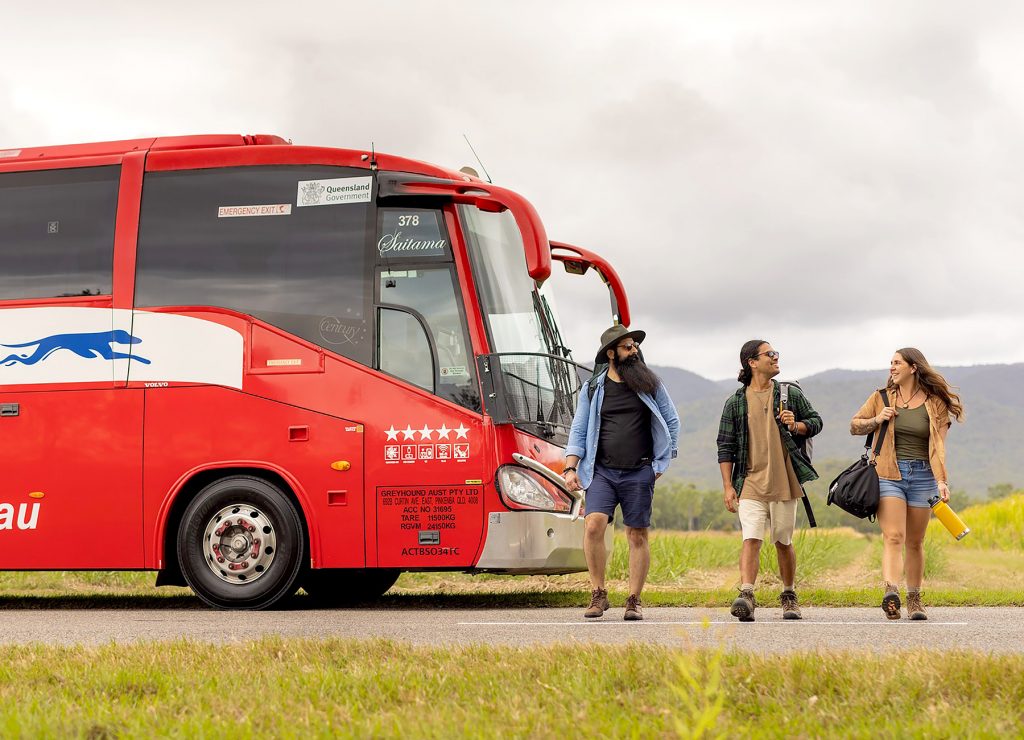
We are a community service; we transport people. We connect regional Australia with metropolitan Australia.
“We’ve come through the worst of it and is definitely in our rearview mirror, which is where we want to see the COVID-19 pandemic. We’ve been presented challenges daily, weekly and monthly. But our commitment to connect regional and remote communities with metropolitan hubs hasn’t wavered during that period,” he says.
“The Greyhound Australia brand will continue to be seen on roads around Australia. It’s been a very challenging period, but it’s also one of our proudest achievements – the fact that we’re out here on the other side of this pretty significant pandemic and we’re actually flourishing at the moment.”
Servicing the community
The COVID-19 pandemic was an opportunity for Smith and his team to show their mettle. It also underscored the importance of Greyhound Australia in the country’s terrestrial transportation network as the only nationwide operator.
The bus line connects more than 190 stops in the five mainland states plus the Northern Territory and the Australian Capital Territory, providing a lifeline for settlements in regional Australia. It also underpins parts of the tourism economy – especially the youth travel sector – with services to popular coastal destinations such as the Gold Coast, Hervey Bay and Airlie Beach.
“We are a community service; we transport people. We connect regional Australia with metropolitan Australia. There’s only a certain amount of major airports in Australia that provide connectivity, but then we provide the connectivity to the airports,” Smith says. “Greyhound provides a key service between Melbourne and Cairns. We’re effectively the backbone of an adventure network that happens up and down the coast.”
In addition to moving passengers, the company plays a crucial role in carrying freight to remote communities through agreements with several major freight companies. In some areas of northern and western Queensland, Greyhound Australia supplies medical provisions for clinics and carries critical blood work between hospitals.
“Nurses meet our services, put the blood in customized cases, and we take them to the next hospital along the way,” Smith says, explaining the service between hospitals. “They’re all time-critical freight that we need to move.”
Adding to Greyhound Australia’s importance is its role as a facilitator of economic activity in regional Australia. Resuming service after the COVID-19 pandemic has required the company to take the leap of faith and move into new markets, according to Smith.
“A lot of markets only recover once transport back to those markets starts to operate,” Smith says. “Moving into those markets has allowed them to start recovering because they’re getting regular transport services in and out of these remote communities.”
While Smith recognizes there is still need for more recovery, he says the COVID-19 pandemic has proven an opportunity for Greyhound Australia to position the company for future success.
Coming full circle
“We’ve come full circle in that the changes we’ve had to make to this business to survive the COVID-19 pandemic,” Smith says. “Opportunities get presented to you as a business, but then you need to be in the position to be able to capture and act on them. That’s what we’re currently doing.”
Smith and his team have prioritized innovation as they emerge from the pandemic, which enhances the passenger experience and adds to conveniences such as free onboard wi-fi and USB charging ports. Greyhound Australia has also introduced Whimit, which Smith describes as a travel pass or ‘travel-on-a-whim’ that targets the free, independent traveler.
Another innovation allows customers purchasing online to choose their seats in advance. “We’re the only Australian coach company to offer seat selection as part of the booking process,” he says.
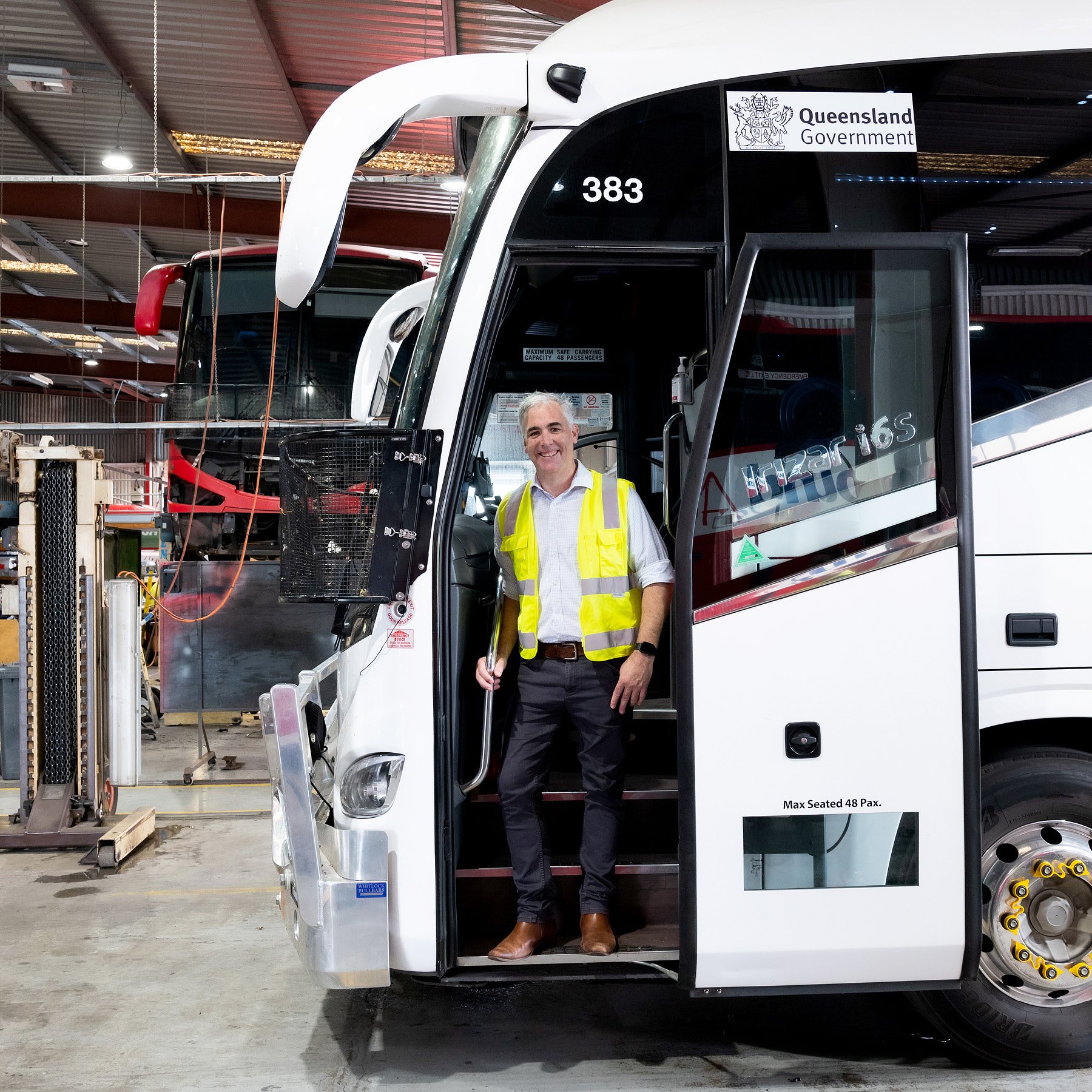
Our coach captains are our most important asset. This group holds the key to creating advocates for our brand.
Greyhound Australia recently unveiled live coach tracking, which permits passengers to track their vehicle as it approaches its stops. The company also has started selling tickets using dynamic pricing – similar to airlines, though Smith describes it as “so much more complicated because there are so many stops”.
Even with the technological innovations, he’s quick to credit the company’s coach captains for creating high levels of customer satisfaction.
“It’s not our website, it’s not our coaches. Our coach captains are our most important asset,” Smith says. “This group holds the key to creating advocates for our brand. They hold the key to our repeat business and we found that through customer surveys.”
The recent innovations and putting a priority on passenger comfort and service square with one of Greyhound Australia’s core values – to delight the customer.
“We’ve always had a customer focus as Australia’s largest terrestrial transport network. But in the past two years, we’ve almost got a laser-like focus now on our customer experience,” Smith says. “Our customers are key.”
Surviving tumultuous times is nothing new for Greyhound Australia, which has no affiliation with its American namesake. The company was founded during a rail strike in 1928 to transport passengers between Toowoomba and Brisbane.
Smith joined Greyhound Australia a decade ago after a varied career. He previously served in the Australian Armed Forces, earning a service medal for a tour after the Gulf War in 1990. Later, he worked in management positions with Qantas and Qantas Vacations, the Queensland Department of the Premier and Cabinet, and Queensland Sugar before joining Greyhound Australia.
Business restructure
His promotion to CEO came as part of a strategic restructuring which, he said at the time, “sees Greyhound Australia return to its core focus of long-distance coach travel and freight transportation.”
Smith sees fresh challenges ahead for the company, starting with the recruitment and retention of staff. Greyhound Australia kept the nucleus of its team during the pandemic, which Smith says was one of its top priorities during the crisis.
“Our business is only as strong as the crew that help us deliver the services,” he explains.
However, some coach captains retired, re-evaluated priorities or didn’t return after being furloughed. Their average age is also inching upward.
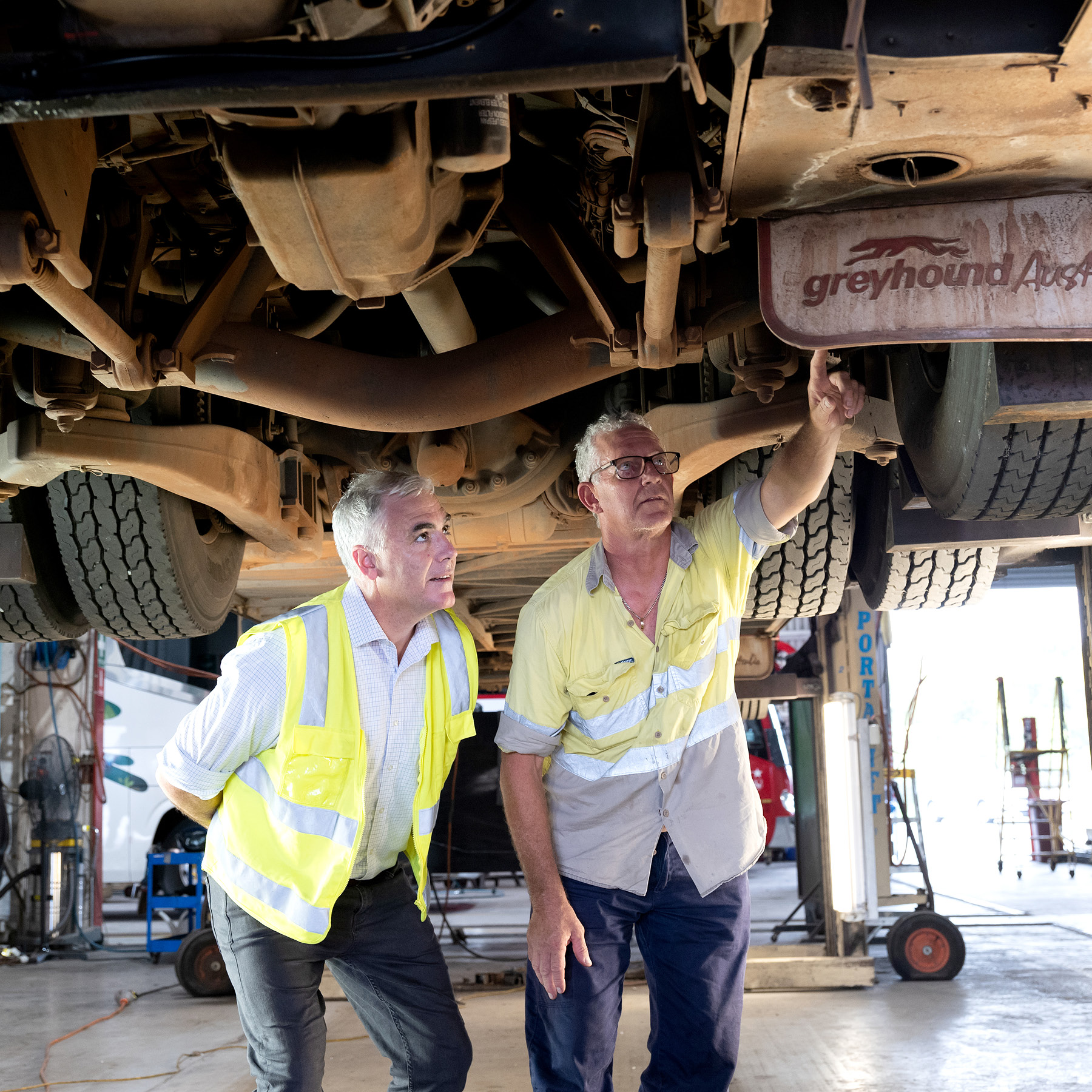
We’ve always had a customer focus as Australia’s largest terrestrial transport network. But in the past two years, we’ve almost got a laser-like focus now on our customer experience.
“Backfilling the gap in those skills is important for us,” Smith says.
Greyhound Australia has introduced flexible working arrangements, which is challenging the company’s previous rigidity. Smith now encourages the questions: “Can we do it better? Is there a way that we can create a more positive place for our staff to be?”
“It’s not just our passengers who get to make a choice of whether they step onto a Greyhound coach or not,” he says. “Our staff make the same choice every day. We’re their employer at the moment, but then they get to make a choice where they want to go. We want to make sure we’ve got some really good long-serving staff.”


